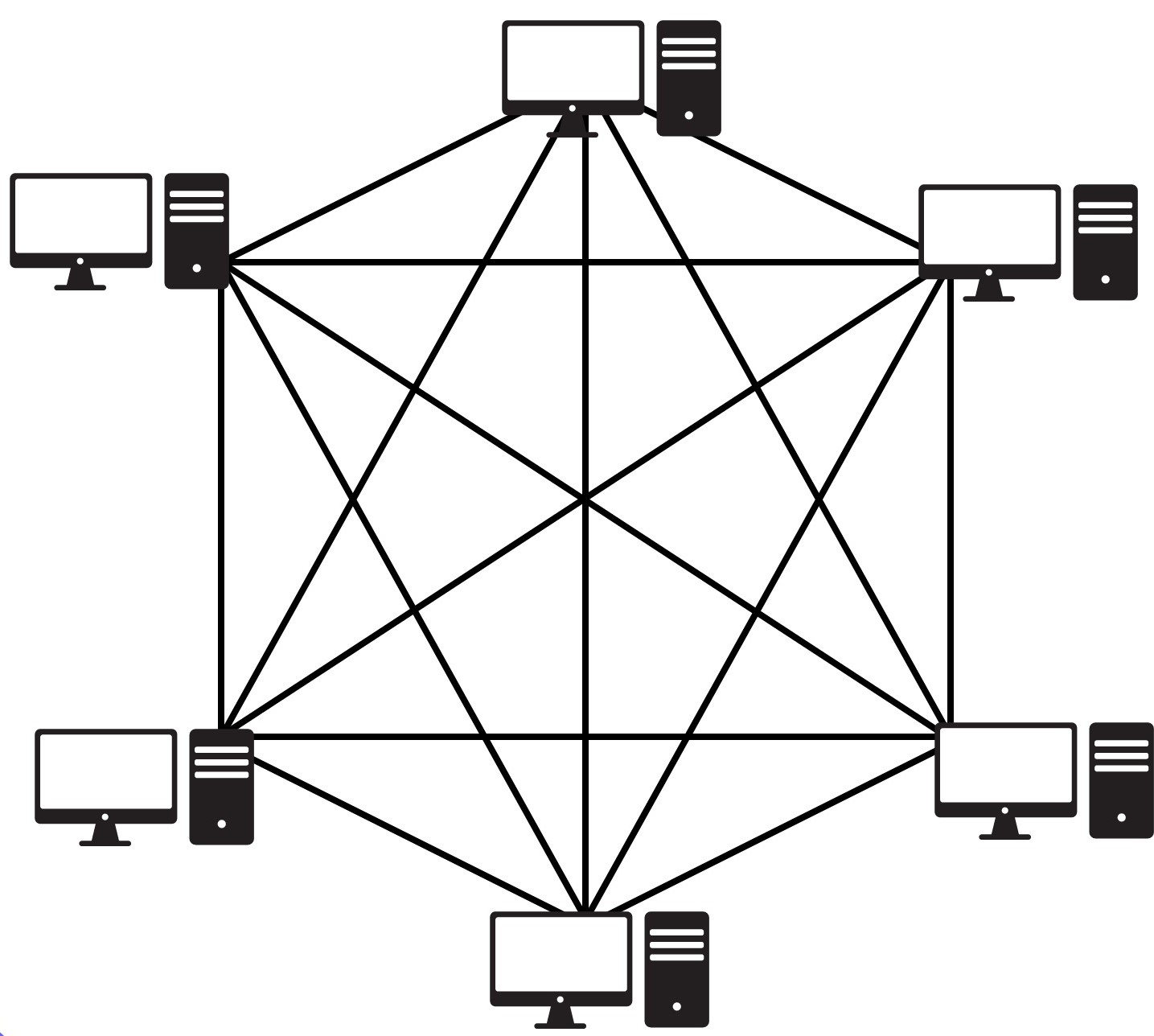Wired Network Topology
Bus Topology
Uses a single cable to connect all the devices
Each device taps into the cable using a vampire tap or T-connector
Very rarely used nowadays
In this topology all the devices would form a single collision domain i.e. if they are try to talk at the same time the packets would collide
Tree Topology
Bus topology with more branches
Base of the topology controls the traffic
This base node was often an mainframe
What is Tree Topology? - JavaPoint
Ring Topology
Uses a cable which runs in a circular loop and each device is connected to the loop
The packets flow only in one direction is this topology (Clockwise or Anti-clockwise)
Similar to bus topology if all devices try to talk at the same time a collision would occur
There is no redundancy if the cable got cut the entire network would go offline
Token Ring
An electronic tag that was passed from computer to computer as and when they where going to talk
FDDI (Fiber Distribution Data Interface)
Makes you of two rings (one on top of another)
One operated in the clockwise direction while other operates in a anti-clockwise direction This introduced redundancy into the network
Modern ring networks only use FDDI networks
NOTE
For CompTIA Network+ if any question on ring is asked allows think of FDDI networks
Star Topology
All devices in the network connect to a single point
This is the most popular physical LAN topology
If the central device (Switch) fails the entire network fails
Hub and Spoke Topology
Similar to Star topology but uses WAN links instead of LAN connections
It connects multiple star networks together

Forms a partially redundant network i.e. if one Hub fails the rest of the network can still continue to function
Mesh Topology
Full-Mesh Topology
Every node connects to every other node in this type of network
Optimal routing between each of the nodes is always possible
For large networks can become very complicated to implement

For each connection the device would require a network card (In above example each device would require 5 network cards)
Not commonly found in physical networks (Extremely high cost to implement)
The no. of network cards and network cables required for each device equals n
No. of connections = n(n - 1)/ 2
Partial Mesh Topology
Hybrid of the full mesh topology & Hub and Spoke Topology
Provides optimal routing between some sites
Must consider network traffic patterns to be able to implement properly
Wireless Network Topology
Infrastructure Mode
Uses a wireless access point as a centralized access point (Wireless Star)
Supports wireless security controls
Ad Hoc Mode
Decentralized wireless network which created P2P connections
Does not require a access point or router
Wireless security controls are not supported in this mode
Wireless Mesh Topology
Interconnection of different types of nodes, devices or radios
Allows to connect different types of devices and technologies together
Provides redundancy and reliable connection
